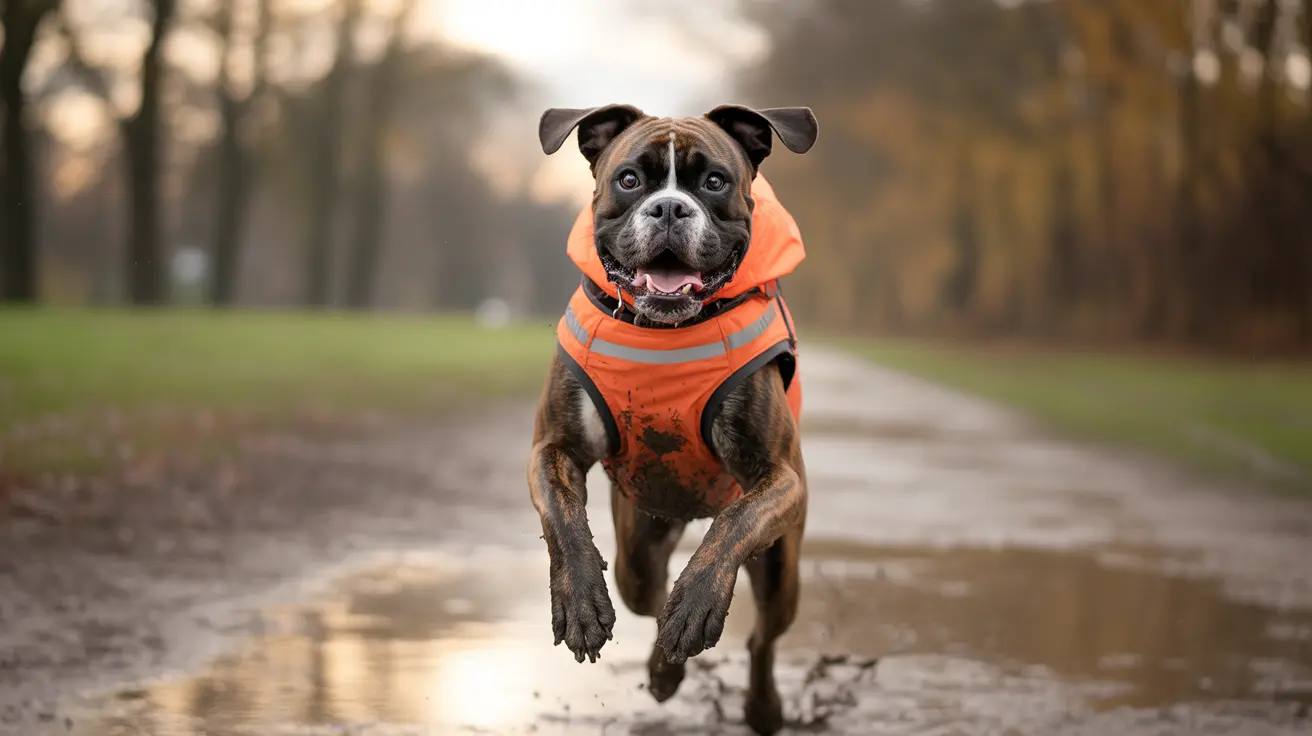Why Humans Cannot Mate with Animals: A Biological Perspective
Throughout history, there have been myths and misconceptions surrounding the idea of humans mating with animals. While these stories might be intriguing from cultural or anthropological standpoints, science offers definitive clarity:
it is biologically impossible for humans to produce offspring with animals. In this article, we'll explore the genetic, reproductive, and evolutionary reasons behind this impossibility.
1. Chromosomal Incompatibility
One of the most fundamental barriers to interspecies reproduction is chromosomal mismatch.
- Humans have 46 chromosomes, organized into 23 pairs.
- Dogs have 78 chromosomes, arranged in 39 pairs.
For any species to produce viable offspring, their genomes must align closely enough for successful fertilization and embryonic development to occur. Even species with similar chromosome numbers can struggle with hybrid viability or fertility—like mules, resulting from horses and donkeys, which are typically sterile due to their chromosomal differences.
2. Genetic Distance Between Species
Despite humans and dogs both being mammals, they are not genetically close.
- Humans belong to the primate order.
- Dogs belong to the carnivore order.
This classification indicates millions of years of evolutionary divergence, resulting in enormous differences in DNA sequences, gene regulation, and overall genetic layout. Their genetic materials are so dissimilar that they cannot combine in a meaningful way during reproduction.
3. Reproductive Cell Mismatch
The interaction between sperm and egg is highly species-specific.
- Human sperm is designed to recognize and bind only to human (or closely related primate) eggs.
- Likewise, dog sperm cannot fertilize a human egg, and vice versa.
This barrier begins at the cellular level. The proteins and receptors used in fertilization are incompatible between humans and animals like dogs, making conception impossible.
4. Developmental Breakdown of Hybrids
Even if fertilization were theoretically possible, embryonic development requires precisely timed gene expression controlled by species-specific regulatory systems.
- Human and animal genes are switched on and off in vastly different ways.
- Instructions from mixed genomes would result in conflicting signals during development.
This means that an embryo, if it were somehow formed, would stall early—often at just a few cells—before being naturally reabsorbed, never developing into a viable organism.
5. Cultural Myths and Psychological Cases
Myths around animal-human pregnancies or encounters have circulated in various cultures, but none are supported by scientific data.
- Documented cases in literature are linked to cultural delusions or psychiatric disorders.
- These perceptions are mental health phenomena, not biological realities.
Understanding the difference between cultural beliefs and scientific facts is crucial to dispelling misconceptions around this topic.
6. Sensory Perception and Human-Animal Bonds
Animals, especially dogs, are highly sensitive to human emotions, routines, and biological changes. This sensitivity has fueled some misunderstandings.
- Dogs can detect pregnancy, hormonal changes, and illnesses like cancer.
- These responses stem from their acute sense of smell and behavior recognition, not from any reproductive interaction.
For example, a dog may become more protective or attentive when its owner is pregnant—not due to any biological connection to the pregnancy, but rather due to its ability to sense change.
Conclusion: Science Over Speculation
In conclusion, there is a clear scientific consensus that
humans cannot biologically mate with animals or produce hybrid offspring. This is due to:
- Vast chromosomal and genetic differences
- Species-specific reproductive barriers
- Incompatible sperm-egg recognition mechanisms
- Conflicting gene regulation patterns during embryonic development
Even between more closely related species, hybridization is rare and often leads to sterility or developmental issues. The boundaries between species are maintained by numerous, complex biological systems that protect the integrity of each species. While animals and humans share deep emotional and social bonds—especially pets like dogs—any notion of reproductive compatibility belongs solely to the realm of myth, not science.





